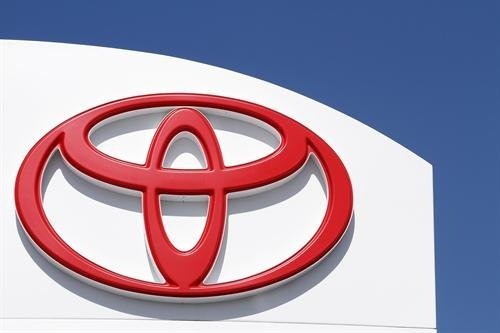Toyota opens new plant in Japan

Toyota plant is located its new manufacture in the Tohoku region - is the true boondocks of Japan.
The factory employs 900 people and boasts production capacity of 120 000 vehicles a year and is part of Toyota’s assured to maintain “made in Japan” living by staying vehicle production in Japan of at least 3 million cars a year. That’s about 40% of the 7.5 million vehicles it produces around the world.
Moving more production to countries with lower salary like Thailand, China and India has become a alluring option for Japanese automakers, especially accompanied by a strong yen, which makes goods made in Japan more expensive overseas.
“This is bringing hope and energy to the future of Tohoku,” Yoshihiro Murai, the governor of Miyagi Prefecture where the plant is located, told a crowd at the ribbon-cutting ceremony. “This is like a dream come true,” said Masahiro Atobe, mayor of Ohira, the plant’s home town of 5 500 residents. “We are so lucky the plant is opening in the Year of the Rabbit, which signals a leap toward achievement,” he said.
The new plant is part of a larger move by Toyota to try and keep jobs in Japan by cutting production costs, although auto demand here has long been stagnant.
Japanese rival Nissan recently began producing the Leaf electric vehicle at a Japan plant, which used to manufacture the March subcompact whose production was moved to Thailand last year.
Toyota Executive Vice President Atsushi Niimi declined to say if the plant will start making hybrids, as some Japanese media have speculated. But he said having Japan plants produce hybrids and plug-ins would be one solution to adding value to the plants.
The factory is set to start producing the Corolla in April. The plant is designed to be more compact and energy-efficient than comparable old-style Toyota plants. Reporters were given a tour of some of the innovations Wednesday.
Instead of hanging from above on the assembly line, the cars move on a conveyor belt side by side, instead of one after the other, so that the line can be shorter and workers don’t have to move around as much.
Robotic arms lifted cars from one work area to another, also shortening the line. Smaller factories also consume less energy – being green while cutting costs.
Such penny-pinching innovations will be introduced in other plants, including overseas, and become central toToyota quality production, Niimi said. “We want to make cars that can compete in pricing and quality in the world, and we are confident we can do it,” he said.
Related News


